Nebraska, commonly known as “The Beef State” was the 37th state to become a member of the United States of America when it did so on March 1, 1867. With a population of 1,934,408 inhabitants, it is the 37th most populated state in the union. Nebraska is surrounded by the states of South Dakota, Wyoming, Missouri, Kansas, Iowa, and Colorado, as well as the Canadian province of Manitoba.
It is the sixteenth-largest state in terms of land area and water area, with a total of 77,358 square miles (200,356 square kilometers). Lincoln serves as the state capital of Nebraska, and it is located in the state’s far easternmost region.
This is enough quick information on the Cornhusker State for now; we’re here to study more facts about Nebraska state!
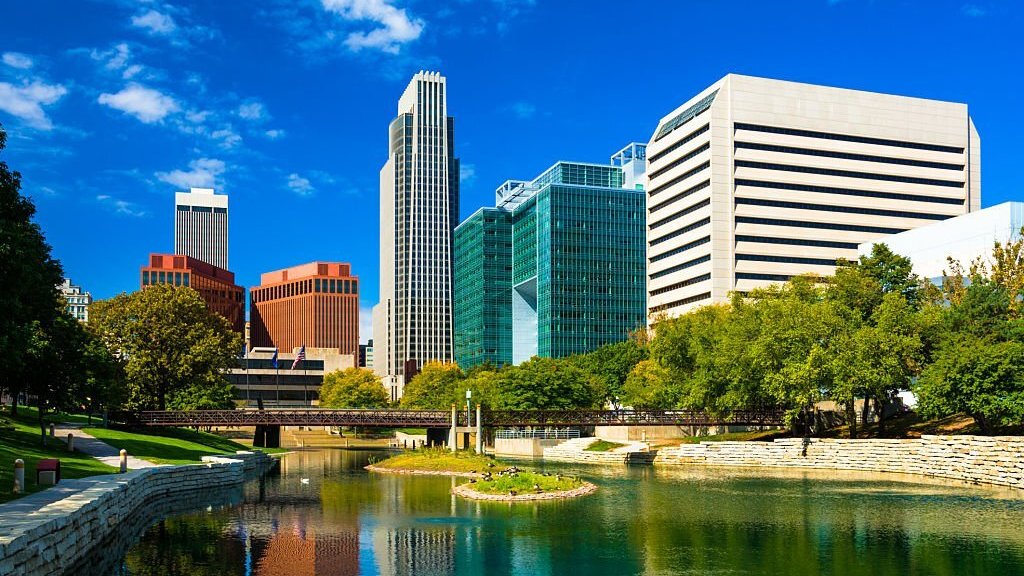
What is Nebraska famous for?
Moving to Omaha Nebraska, you just need to know why and what is Nebraska famous for. Omaha Nebraska, the mid-western state of the US is known for its agricultural production, entrepreneurism, inventiveness, and natural landscape. It is one of the largest producers of corn and agricultural production in the world. From the origination of Arbor day to the invention of Runza and Kool-aid, Nebraska is recognized for many surprising inventions and historical moments that you have never heard about.
Nebraska, the cornhusker state is home to the US military-strategic air command, one of the top medical schools in the world, the University of Omaha, Nebraska, Scottsbluff National monument, Pioneer Historical Heritage, Chimney Rock State Park, Waren Buffett, and College Baseball World series. Being an underrated state in the US, these interesting facts about Nebraska state make it worthy for tourists to visit there for vacation.
[elementor-template id=”13257″]
Interesting Facts about Nebraska
In spite of the fact that Nebraska is a state in the center of the country with small towns and large areas of countryside, there is a lot going on in this state. You might not be aware that Nebraska is home to numerous interesting innovations and historically significant occurrences. Here are some interesting facts about Nebraska that you should be aware of.
1. Quick Facts
Nebraska is a really intriguing destination to visit, and there is so much more to discover about our wonderful state. What if I told you about some astonishing, almost unbelievable facts about Nebraska that you didn’t already know?
What are 5 quick facts about Nebraska?
The five quick facts about Nebraska probably you have not heard about and must know are:
- Kool-aid, the most popular juice drink was invented by Edward Perkins in Hastings NE.
- Nebraska is also known as the “tree planters state” due to the celebration of Arbor day when a lot of trees are planted all over the US first starting here.
- Omaha Nebraska is the only state having a single-house legislature.
- The world’s largest mammoth fossil was found in the capital city of Nebraska, Lincoln County.
- “Beautiful Nebraska” is the state song of Omaha, Nebraska
2. History
Archaeologists know this because of spear points found in Nebraska. Thousands of years later, the Cheyenne, Lakota, Dakota Sioux, Omaha, Oto, Pawnee, Sauk, and Ponca tribes evolved. Native American tribes such as the Omaha and Ponca still live in Nebraska.
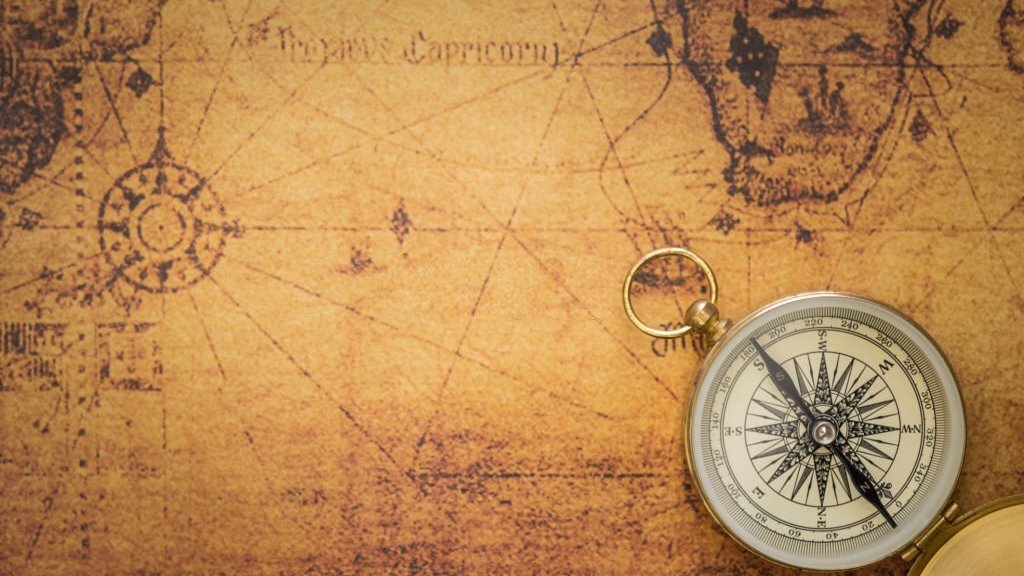
Explorers from Europe sought to claim the territory starting in the 1500s but left much untouched. France sold it to the US as part of the Louisiana Purchase in 1803.
The Oregon Trail, a 2,170-mile path traveled by covered wagons, brought some of the earliest immigrants. During the Civil War, the Homestead Act provided households with 160-acre tracts of land in return for five years of constructing and farming. The Nebraska Territory increased rapidly in population and became a state in 1867.
Thereafter, people faced a major problem i.e. the rise in the cost of living. Nationally, the average cost of living in Omaha, food prices, and other miscellaneous expenses were increased by 66%, 43%, and 13% respectively. People with fixed income and those getting their payment in wages were affected the most. Some received a small payoff increase of 20 -25% but this was not enough to withstand the unreasonable price hikes.
What historical events happened in Nebraska?
Below mentioned are some major historical events that happened in Nebraska that changed constitutional boundaries and political views of the state:
| Dates | Events |
| 1541 | Francisco de Coronado was the first European explorer who visited Nebraska |
| 1803 | The US purchased Nebraska from France which was then a part of Louisiana territory. |
| 1804 | US explorers Clark and Lewis visited Nebraska and defined it as a large wasteland. |
| 1819 | Trading forts and ports were built near present-day Omaha by the US army. |
| 1823 | The first European settlement happened at Bellevue |
| 1840-1860 | Pioneer’s wagons headed towards Nebraska on the Mormon, Oregon, and California trails. |
| 1854 | March 16: US government ceded by the Omaha Indians March 30: the Kansas- Nebraska act created Nebraska territory Omaha city was established |
| 1860-1861 | The Union Pacific railroad- pony express was established. |
| 1867 | Nebraska became the 37th state and got admitted to the union. |
| 1872 | Arbor Day was first held in Nebraska City. |
| 1877 | The chief crazy horse along with his 900 warriors surrendered at Nebraska’s camo Robinson |
| 1927 | Kool-aid company was established in Hastings |
| 1939 | The Kingsley dam is completed |
| 1950-1960 | Interstate highways were built for the movement of people to long distances |
What is Nebraska known for historically?
Nebraska became a state on March 1, 1867, and was admitted to the union, two years after the American civil war ended. It is known for its best agricultural land and ranchland.
3. Geography
Nebraska is surrounded by South Dakota to the north, Iowa and Missouri to the east, Kansas to the south, Colorado to the south and west, and Wyoming to the west by the states of Colorado and Wyoming. The Dissected Till Plains and the Great Plains are the two primary areas in the area.

What is the geography of Nebraska?
With a population of over 2 million, Nebraska’s region spreads over 200,000 km2. Lincoln is the capital and Omaha is the largest city in Nebraska which is situated on the Missouri River.
The regions of Nebraska consists of two major land areas:
- The Dissected Till plains have smooth rolling hills and the two largest cities of the state namely, Lincoln and Omaha.
- The Great Plains area that covers most regions of western Nebraska is identified by treeless prairies.
What part of Nebraska has mountains?
Paroma point, the not-so-high small hill located in the southwest part of the Panhandle, southwest Kimball county is at the highest elevation at 5424 ft. above sea level and ranks on the first spot among the number of mountains present in Nebraska.
Besides that, the state has three major peaks namely Hogback Mountain (5069 ft.), Eagle Eye Rock (4785 ft) near Scottsbluff, and Lovers Leap Butte (4321ft) near Crawford. Other well-known peaks in Nebraska include Saddle Rock, Big Haystack Mountain, Smokestack Rock, Rifle Sight, Dome Rock, Crown Rock, Eagle Rock, and Sentinel Rock.
[elementor-template id=”13252″]
4. Land
The eastern half of Nebraska is covered by the Dissected Till Plains. Till, a mixture of sand, gravel, and boulders, was left behind by glaciers in this region at the conclusion of the previous Ice Age.
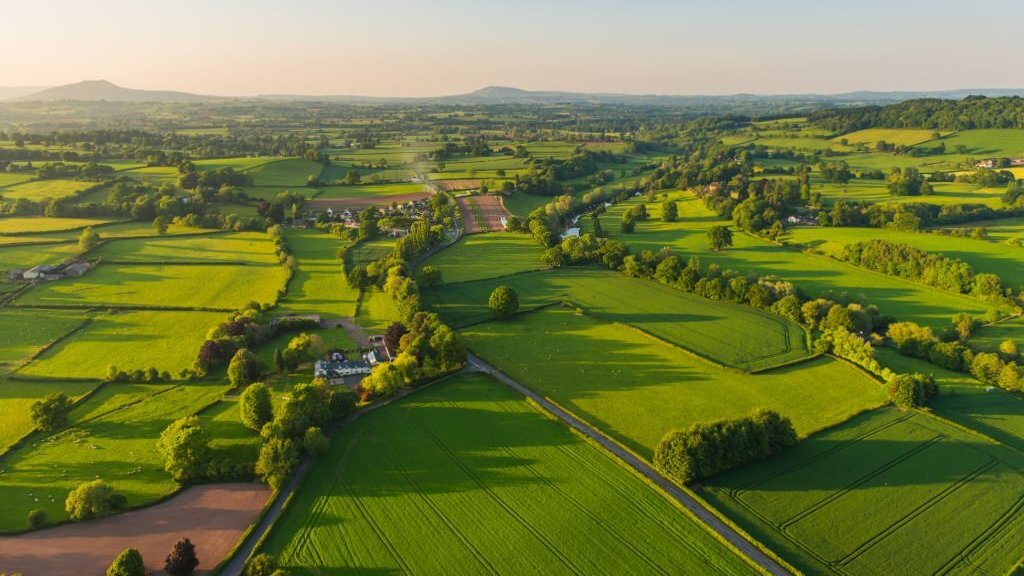
The Great Plains encircled the remainder of the country. There are a few valleys and canyons in this area, as well as lakes and marshes, but it is otherwise flat. What about sand dunes? The mounds in central Nebraska are the largest in North America. More than 20,000 square miles of sand dunes may be found in the Sand Hills area. The Badlands, a region in the far northwest where the wind has carved sandstone into bizarre, pointed, and even mushroom-like formations, is another oddity.
What are the landforms of Nebraska?
The three major landforms of Nebraska include the Chimney Rock, The Great Plains, and the Badlands. The great plains are the largest landforms in Nebraska.
What landforms are in Lincoln Nebraska?
The Missouri River valley, Nebraska’s highest peak, buttes, bluffs, mesas, and sandhills of Nebraska is a part of the grasslands and prairies of the great plains of Nebraska.
5. Drainage
Kitchens and bathrooms in households, as well as commercial and industrial facilities, produce sewage water. This waste travels through pipes connecting to sinks, toilets, and bathtubs, and into the sewage system beneath the earth.
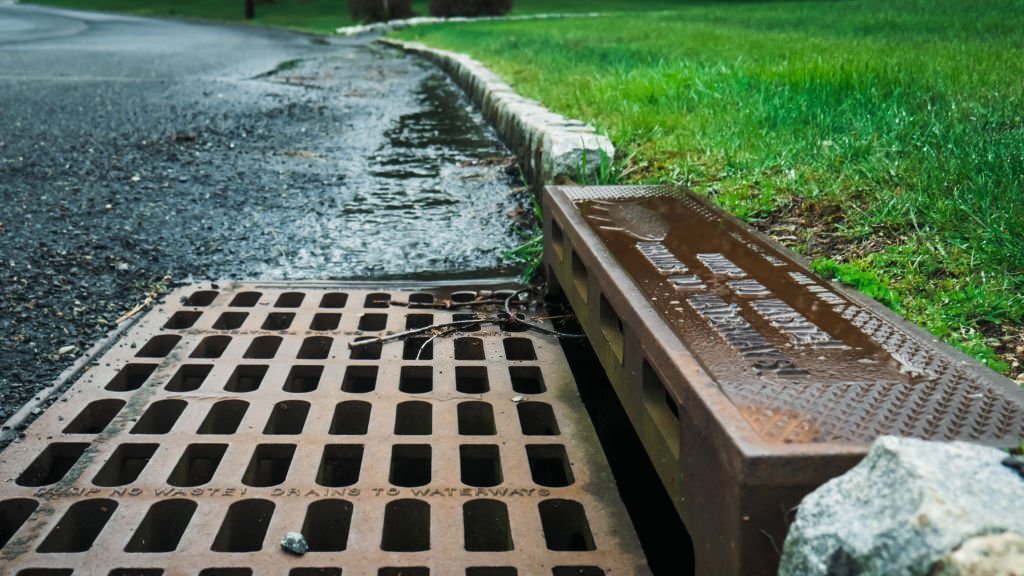
Water and garbage are flushed into municipal sewers operated and maintained by the city or town, where they are collected and disposed of. In most sewage systems, gravity is used to transfer the wastewater.
Does it flood in Lincoln Nebraska?
Lincoln, Nebraska gets more rain and floods most often which can be easily drained by the existing streams and drainage systems. This means the state never gets flooded and water doesn’t spread out over the region.
6. Soils
In Nebraska, a wide variety of soil types may be found. The horizons in these soils vary in quantity, organization, thickness, and other properties. According to the color, texture, structure (aggregation of particles into aggregates), and consistency of soil layers known as “horizons,” one may separate them from one other (hardness or softness).
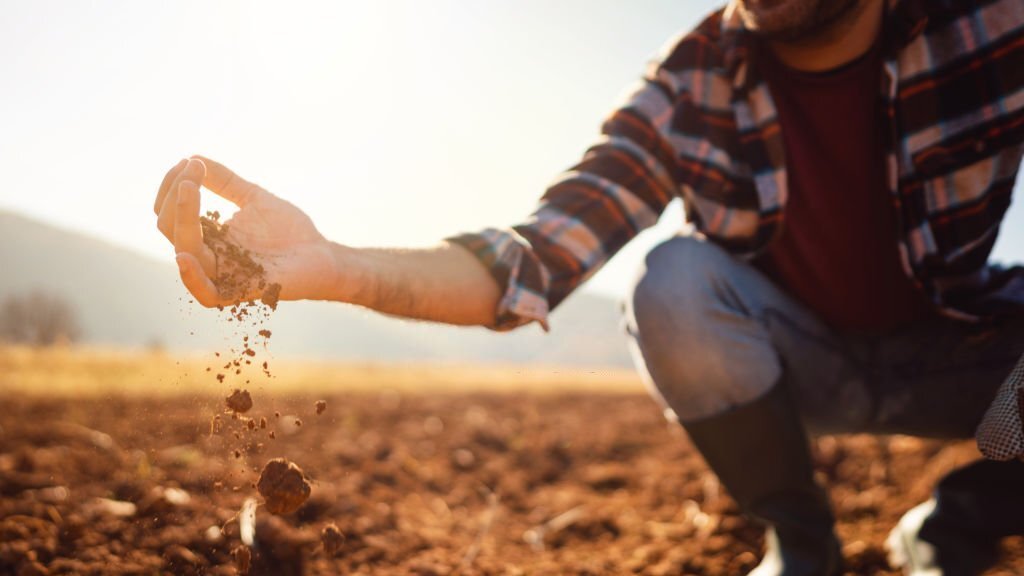
Soils created from eolian sands, loess, and shale tend to be sandy, silty, and clayey, respectively. The plains make up the majority of Nebraska’s landmass, which is part of the Great Plains physiographic province.
What type of soil does Nebraska have?
The Nebraska region is composed of loess soil which can be easily eroded by water or wind. This type of soil is finer than sand and coarser than clay or dust.
Does Nebraska have acidic soil?
Nebraska’s soil has a higher fertility rate which is well suited for the cultivation of crops. The soil’s pH level ranges from 6.5 to 7.5 or higher which is not at all acidic.
Where is the best soil in Nebraska?
The best soil of Nebraska, loess is present along the northern side of the Platte river that has been smoothly rolled down from hilly loess, a glacial drift region, and glaciated plains.
[elementor-template id=”13247″]
7. Climate
Nebraska has a typical Midwestern climate, which means that there are large differences between the four seasons, with scorching summers and freezing winters being the most extreme. Even though the western portion is dryer than the eastern half, which tends to be more humid, temperatures are generally stable across the whole state.
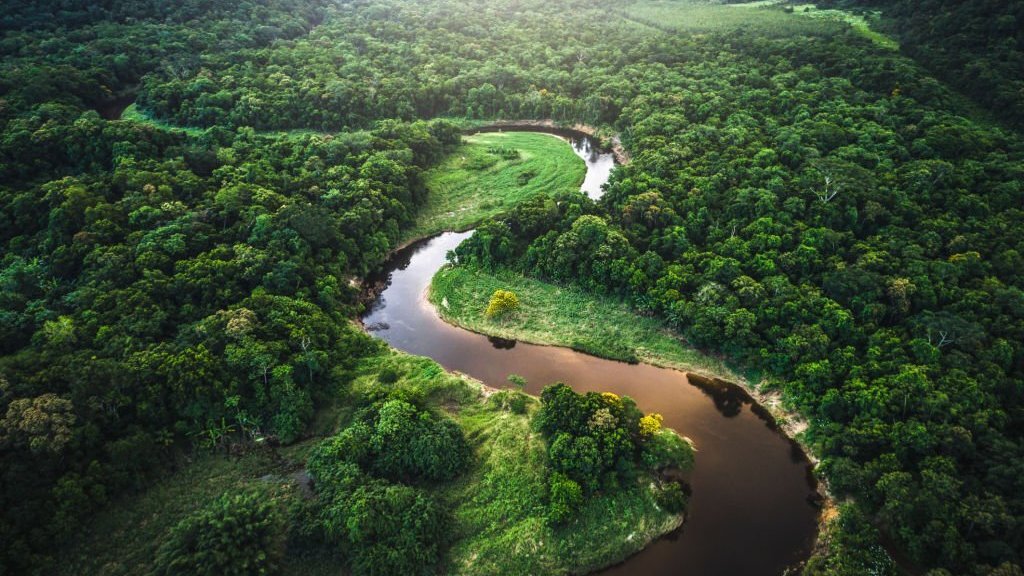
What kind of climate does Nebraska have?
Nebraska has hot summers and chilly winters. The average high temperature during summers has been recorded to be about 87°F and the average low temperature of about 15°F. The average annual temperature of the state is around 50°F.
Is Nebraska a temperate climate?
The climate of Nebraska is changing to a predominantly warm-summer humid continental.
Does it always snow in Nebraska?
Nebraska receives more snowfall per year i.e. 28.3 inches than the national average i.e. 27.8 inches.
How will climate change affect Nebraska?
Currently, Nebraska’s summer is reaching its peak and to extreme levels for about 15 days in a year which can reach 40 such days a year by 2050. This means that Nebraska can witness a 70% rise in warm summer and drought by the year 2050. Heavy rainfalls and flooding might also increase which can affect the yielding of crops and increase the risk to human health.
8. Plant and Animal Life
A few bison still wander the Fort Niobrara Wildlife Refuge in north-central Nebraska. Pronghorns, antelopes, coyotes, jackrabbits, and prairie dogs are all native.
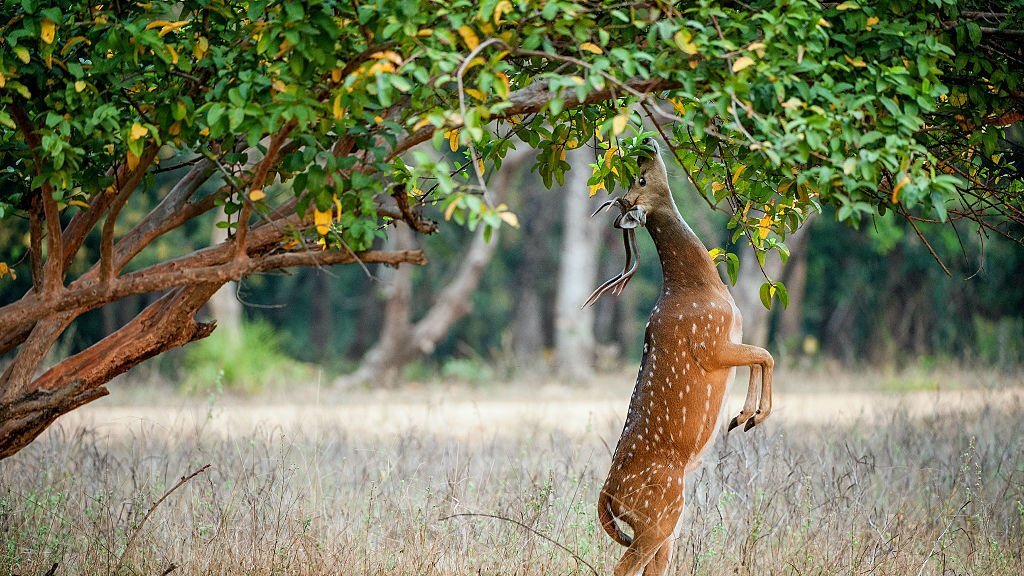
Birds including bald eagles, sandhill cranes, violet-green swallows, and western meadowlarks travel through the state. Nebraska is home to snapping turtles and bullsnakes, but not the shy, slim glass lizard. The Sand Hills have rare Blanding turtles. American bullfrogs, Great Plains toads, and western tiger salamanders all inhabit the state.
Nebraska’s state tree, the eastern cottonwood, grows near water. The boxelder maple and black walnut are also common trees. One can find star cucumber, chicory, pink primrose, wild blue flax, and leopard lily in the state.
What are common plants in Nebraska?
The top 10 native plants in Nebraska are listed below:
- False Sunflower
- White Yarrow
- Blue Phlox
- Fragrant Sand Verbena
- Anise Hyssop
- Purple Poppy Mallow
- Clove Currant
- Leadplant
- Tall Blazing Star
- Aromatic Aster
Do trees grow in Nebraska?
Nebraska is known for its vast agricultural fields and highly fertile soil that is best suited for growing trees and crops. Nebraska’s forest areas have about 432 million trees, shrubs, and plants, and about 250 trees per acre.
What is the deadliest animal in Nebraska?
The deadliest animal that exists in Nebraska is the poisonous snake. The state has four deadly snakes namely, the Timber Rattlesnake, Copperhead, Prairie Rattlesnake, And Western Massasauga Rattlesnake which are so venomous that one can die with a single bite from any one of them.
Are there lynx in Nebraska?
Lynx doesn’t exist in Nebraska. However, there were speculations of them moving to Nebraska from Colorado but they are nowhere found in the state.
9. Fun Facts About Nebraska
Nebraska is a really wonderful destination to visit, and there is so much more to discover about our wonderful state. What if I told you about some astonishing, almost unbelievable facts about Nebraska that you didn’t already know? There are so many fun facts about Nebraska that we want to tell you are discussed below.

What are 5 facts for fun in Nebraska?
Five funny yet surprising facts about Nebraska that are weird for others but normal in the state:
- The city gets bike traffic jams.
- After a child is born, you are expected to distribute Beschuit Met Muisjes (biscuit rusk) to your nearer and dear ones; blue biscuit rusk if it’s a boy and pink biscuit rusk if it’s a girl.
- The state has a superhighway, especially for bicycle riders.
- You have to split the bill whenever you are in the restaurant with your friends. This expression is called going Dutch
- You can smoke and drink soft drinks publicly and can go to Amsterdam’s red-light area. It is legal.
[elementor-template id=”13242″]
Conclusion
The state of Nebraska, located in the Midwest, is well-known for its farming, agriculture, and scenic beauty. Plains, sand dunes, massive rock formations, and more may all be found here.
One of the famous cities of Nebraska is Omaha and you would be astonished to know that the minimum wage of Omaha, Nebraska is $9 greater than the federal minimum wage.
Now, if you want to move to Nebraska the cornhusker state, click here to know about the passport costs in Nebraska.
[elementor-template id=”13252″]